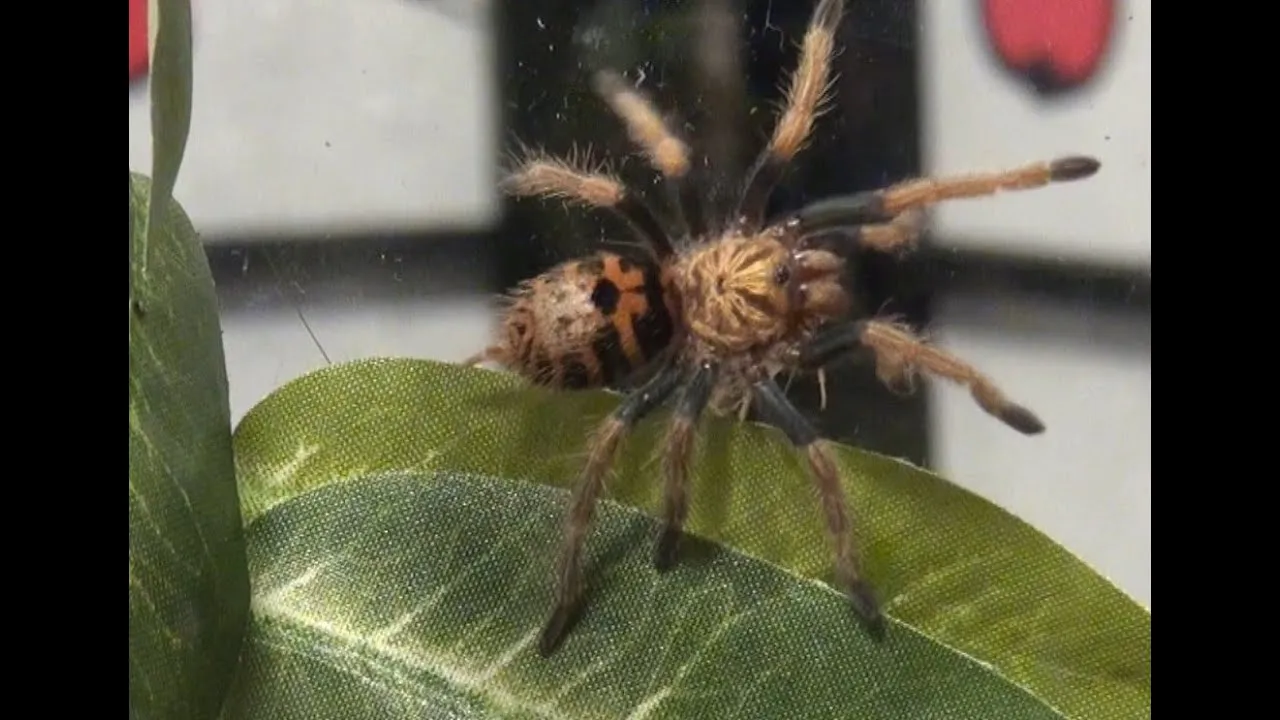Why Farm Crickets for Your Tarantula
Farming crickets for your tarantula is a rewarding endeavor, providing a consistent and nutritious food source for your pet. Unlike purchasing crickets from pet stores, raising your own offers several advantages. You have complete control over the crickets’ diet, ensuring they receive optimal nutrition, which translates to a healthier and more vibrant tarantula. Furthermore, it eliminates the hassle of frequent trips to the pet store and can be a cost-effective solution in the long run. This guide will walk you through the essential steps, from setting up your farm to harvesting and storing your crickets, ensuring you can provide the best possible care for your tarantula.
Benefits of Live Feeding
Live feeding is crucial for tarantula health and behavior. It stimulates their natural hunting instincts, providing enrichment and preventing boredom. The movement of live crickets also encourages tarantulas to eat, which is essential for their growth and well-being. Unlike pre-killed insects, live crickets provide a more natural and stimulating feeding experience. Also, they contain a complete nutritional profile, and the gut-loading process, where you feed the crickets nutritious food, further enhances their value as tarantula food. This ensures your tarantula receives a balanced diet.
Nutritional Value of Crickets
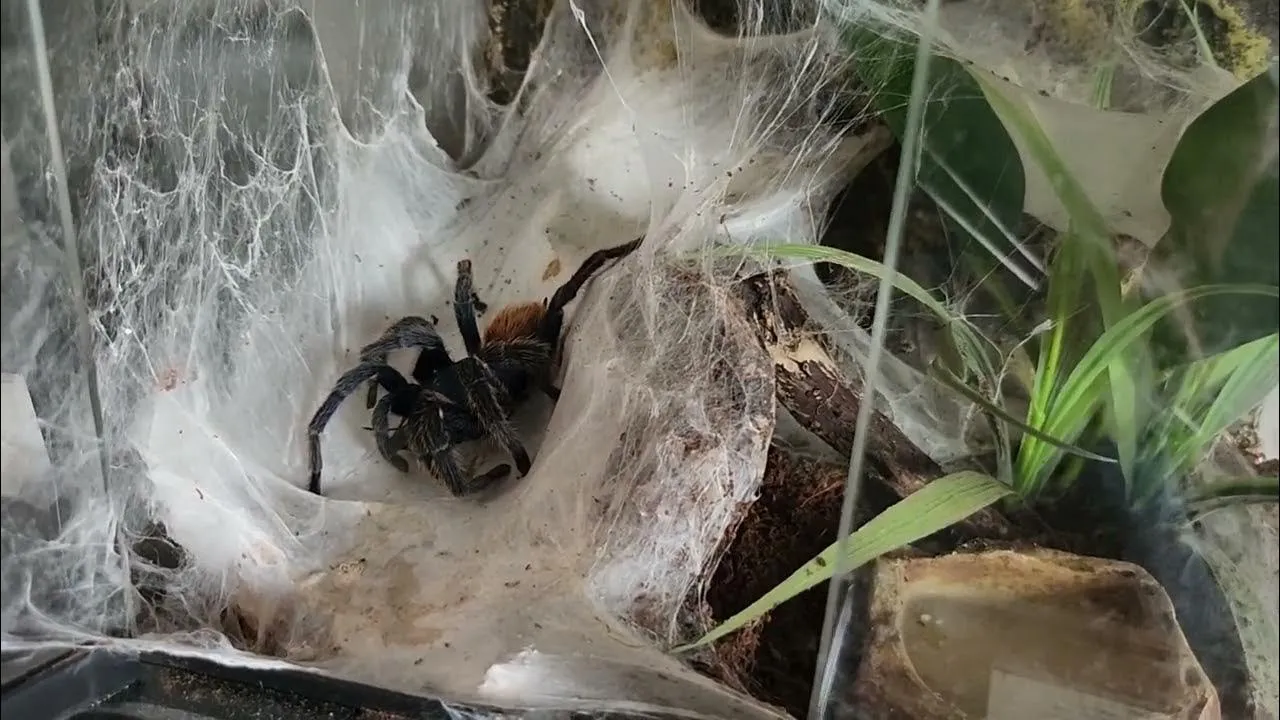
Crickets are an excellent source of protein, essential for tarantula growth and development. They also contain chitin, a fiber that aids in digestion and provides essential nutrients. Crickets’ nutritional profile can be further enhanced through gut-loading. Feeding the crickets with a balanced diet of fruits, vegetables, and commercial cricket feed before offering them to your tarantula ensures they are packed with vitamins and minerals. This practice helps your tarantula obtain a well-rounded nutritional intake, promoting their overall health and vitality. It ensures your tarantula gets the necessary nutrients.
Setting Up Your Cricket Farm
Creating a successful cricket farm is simple with the right setup. It involves choosing the appropriate container, ensuring proper ventilation, and maintaining optimal environmental conditions. A well-designed farm provides a comfortable and sustainable environment for your crickets, which will yield healthy, nutritious food for your tarantula. Before you start, gather all the necessary materials, including the container, egg crates or cardboard for shelter, food and water sources. Careful planning and execution of the setup will make it easier to manage the farm and the well-being of your crickets.
Choosing the Right Container
The container should be large enough to accommodate the number of crickets you plan to raise. Plastic storage bins or large aquariums are ideal because they are easy to clean and maintain. Make sure the container has a secure lid to prevent crickets from escaping. Smooth-sided containers are best to prevent crickets from climbing out. The size of the container should correspond to the number of crickets you intend to keep; overcrowding leads to stress and potential disease. Proper container selection is a crucial first step for a successful farm, ensuring the health of your crickets and easy management of the farm.
Ventilation and Space Requirements
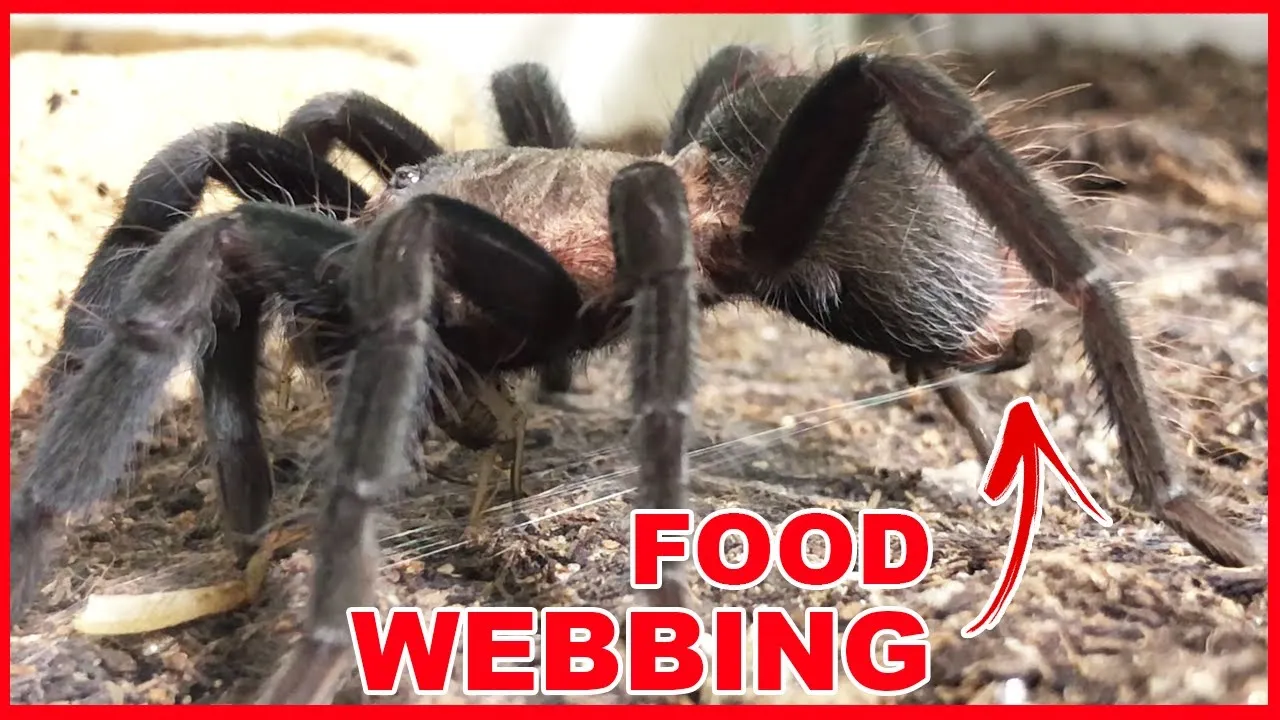
Proper ventilation is essential for cricket health and to prevent the build-up of ammonia and odor. You can achieve this by creating ventilation holes in the lid of the container. Cover the holes with mesh or screen to prevent crickets from escaping while still allowing airflow. Inside the container, provide plenty of space for the crickets to move around. Egg crates or cardboard pieces are great for providing shelter and increasing the surface area within the container. The right space and ventilation will help the crickets to thrive, leading to better food for your tarantula. Proper air circulation is critical.
Maintaining Optimal Temperature and Humidity
Crickets thrive in a warm and humid environment. The ideal temperature range is between 70-80°F (21-27°C). You can use a heat lamp or a heating pad to maintain the desired temperature, especially in cooler environments. Humidity levels should be between 40-60%. To maintain humidity, place a shallow water dish filled with cotton balls or sponges to prevent crickets from drowning. Regular monitoring and adjusting of temperature and humidity will ensure that your crickets are healthy and productive. A hygrometer is helpful for measuring humidity levels.
Feeding Your Crickets
A well-balanced diet is crucial for cricket health and the nutritional value they offer to your tarantula. The food you provide to your crickets, known as gut-loading, directly impacts the nutritional content of your tarantula’s meals. Therefore, providing a variety of nutritious foods will ensure that your tarantula receives a well-rounded and healthy diet. Different feed options and water sources can be offered to your crickets, which are highlighted below. Feeding the crickets properly is critical for producing healthy, nutritious food for your tarantula, enriching its diet and ensuring its well-being.
Best Cricket Feed Options
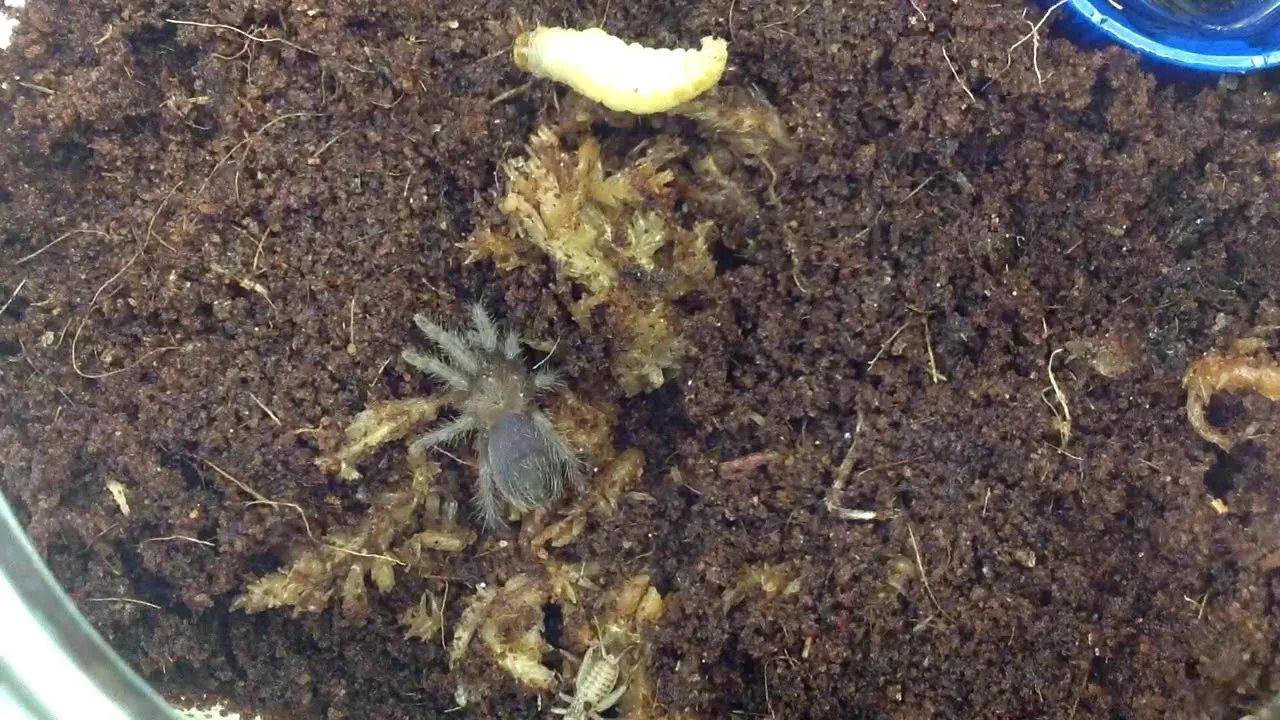
Crickets require a diverse diet to thrive. Offer a combination of dry and wet foods. Commercially available cricket feed provides a good base and can be supplemented with fresh fruits and vegetables. Some good choices include leafy greens, carrots, potatoes, and apples. Always provide a constant source of food to ensure they have plenty to eat. You can also add a small amount of protein to their diet, such as fish flakes or dog/cat food, but in moderation. Gut-loading the crickets with a nutritious diet ensures they are packed with the vitamins and minerals your tarantula needs. Remember to remove any uneaten food daily to prevent mold and maintain a healthy environment.
Providing Water Sources
Crickets need a constant water source to survive. However, open water dishes can be dangerous, as crickets can drown. A safer alternative is to use a shallow dish with cotton balls or sponges soaked in water. The crickets can drink from the wet surface without the risk of drowning. Another option is to use water crystals or gel, which provide a readily available water source without the risk of spills. Regularly replace the water source to maintain cleanliness and prevent the growth of bacteria and other pathogens. A steady water supply is crucial for keeping your crickets healthy and thriving.
Breeding Crickets for a Sustainable Supply
Breeding crickets allows you to maintain a sustainable supply of food for your tarantula, reducing the need to purchase crickets and ensuring you always have a readily available food source. This involves creating a dedicated breeding colony within your cricket farm, providing them with the right conditions for reproduction. With a little planning and care, you can establish a self-sustaining cricket population, providing a consistent food source for your tarantula and increasing your efficiency. Patience and close observation are key to a successful breeding program.
Creating a Breeding Colony
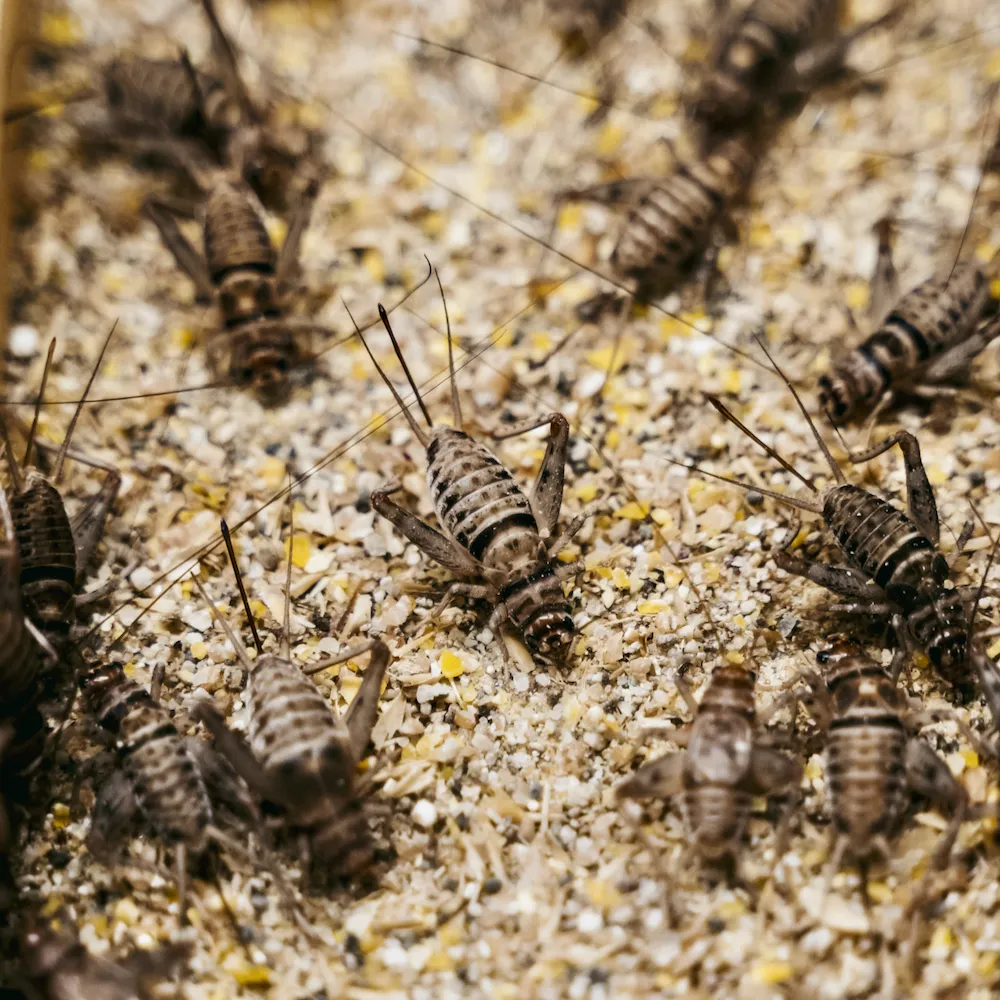
Start by separating a portion of your crickets into a designated breeding container. The ratio of males to females should be about 11 or 12 to ensure successful breeding. Provide plenty of shelter, food, and water. A separate container filled with moist peat moss or sand is used for egg-laying. Place this container within the breeding colony to allow the females to deposit their eggs. The breeding colony should have similar temperature and humidity conditions as the main cricket farm to ensure optimal breeding conditions. Frequent observation and monitoring of the colony are necessary to track the progress of the breeding process.
Incubation and Egg Hatching
Once the females have laid their eggs in the substrate, carefully remove the egg-laying container. Then, place it in a separate incubator or a warm, humid area, maintaining a temperature between 80-85°F (27-29°C) to promote hatching. The incubation period can vary depending on the species and environmental conditions, typically taking 1-2 weeks. Regularly monitor the substrate for moisture, keeping it damp but not waterlogged. Once the eggs hatch, the tiny nymphs should be moved to a separate container and fed with finely ground food and water, similar to the adult crickets. This will ensure their survival.
Harvesting and Storing Crickets
Harvesting and storing crickets correctly ensures that you have a readily available and healthy food source for your tarantula. Proper harvesting minimizes stress on the crickets and maintains their nutritional value, while proper storage keeps them fresh and prevents waste. Harvesting at the right time and storing them in an appropriate environment are essential for both convenience and providing your tarantula with the best possible nutrition. Several methods can be used to collect and store your crickets, ensuring the best quality and convenience.
Harvesting Techniques

The method you use to harvest the crickets depends on the quantity you need and your setup. One common method is to use a cup or small container to catch the crickets. You can also use a small net to scoop them out of the container, especially if you have a large number of crickets. Before harvesting, it’s a good practice to remove any uneaten food from the container to minimize waste. The goal is to collect the needed crickets with minimal stress, which will enhance the nutritional value. Harvesting regularly ensures that you have an adequate supply of crickets for your tarantula.
Storing Crickets Properly
Proper storage keeps crickets fresh and nutritious until feeding time. You can store the crickets in a separate container, preferably with a lid and ventilation holes. Provide food and water sources in the storage container to keep them healthy. A few pieces of fresh fruit or vegetables will also help them stay hydrated. The storage container should be kept at room temperature. Avoid overstocking the container to reduce stress. Storing them correctly ensures that they remain a valuable food source for your tarantula. The method of storage directly impacts the quality of your crickets.
Common Challenges in Cricket Farming
Cricket farming, like any other form of animal husbandry, comes with its own set of challenges. The common challenges include managing odor, controlling diseases, and dealing with pest control. Being aware of these issues allows you to proactively address them and ensure the health of your cricket population. The key to success is to anticipate these potential problems and develop effective strategies to mitigate them. This section helps you with the knowledge and tools to address the potential setbacks and make your cricket-farming journey a success.
Preventing Odor and Disease
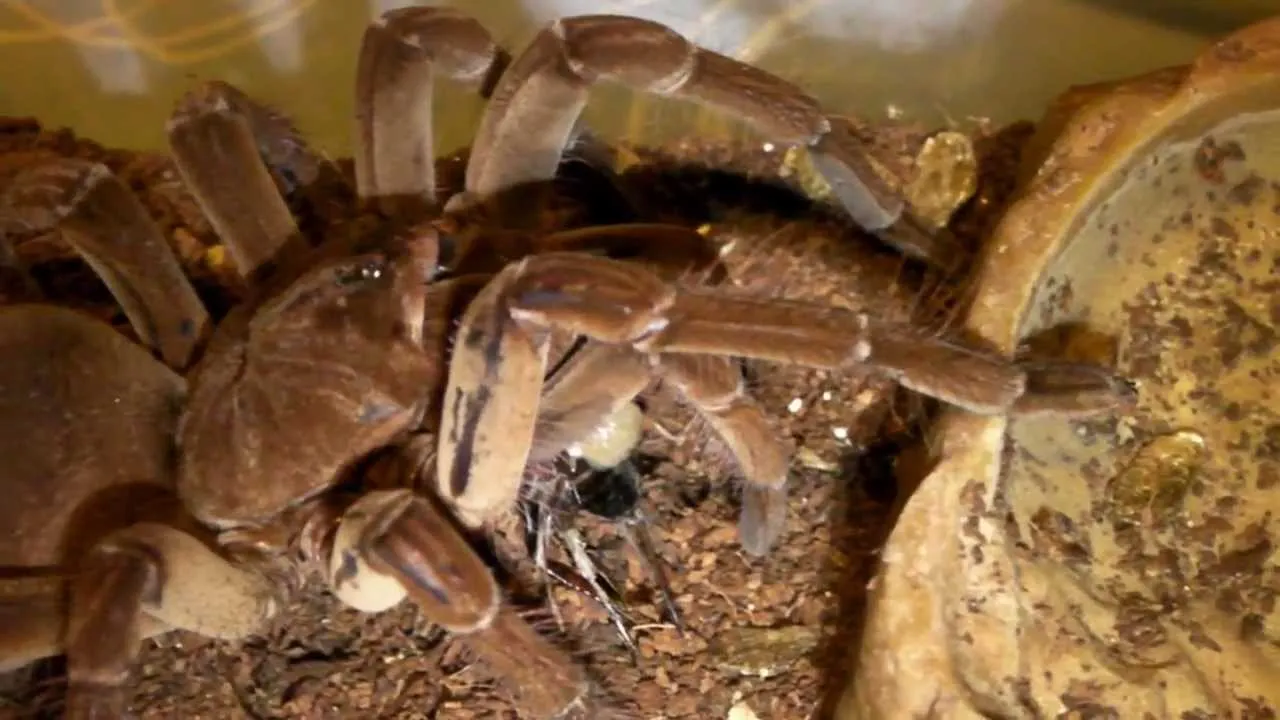
Cricket farms can sometimes produce unpleasant odors. Regular cleaning is essential to prevent odor and disease. Remove any uneaten food, dead crickets, and droppings regularly. Ensure adequate ventilation to allow for fresh air circulation. Maintaining good hygiene minimizes the risk of bacterial or fungal infections that can harm the crickets. Replace food and water sources frequently to maintain cleanliness. By following these simple hygiene practices, you can keep your cricket farm odor-free and disease-resistant, safeguarding the health of your crickets.
Addressing Pest Control
Pests such as mites, ants, and other insects can be a problem in cricket farms. Prevention is the best approach. Inspect the container regularly for any signs of pests, and make sure your container is sealed to prevent insects from entering. If you find pests, take immediate action. Remove and clean the infested areas thoroughly. Avoid using pesticides that could harm your crickets or tarantula. Providing a clean environment and practicing preventative measures are key. Managing pests effectively ensures the safety and well-being of your crickets, thus providing a healthy food source for your tarantula.
Conclusion
Farming crickets for your tarantula is a beneficial and rewarding experience. By following these steps, you can set up, maintain, and harvest crickets, providing your tarantula with a consistent, nutritious, and enriching food source. Remember to prioritize a clean and well-ventilated environment, provide a balanced diet for your crickets, and monitor for potential problems. With patience and dedication, you can enjoy the benefits of a thriving cricket farm, ensuring the health and happiness of your tarantula. Successful cricket farming also allows you to create a natural and enriching environment for your tarantula.
